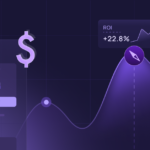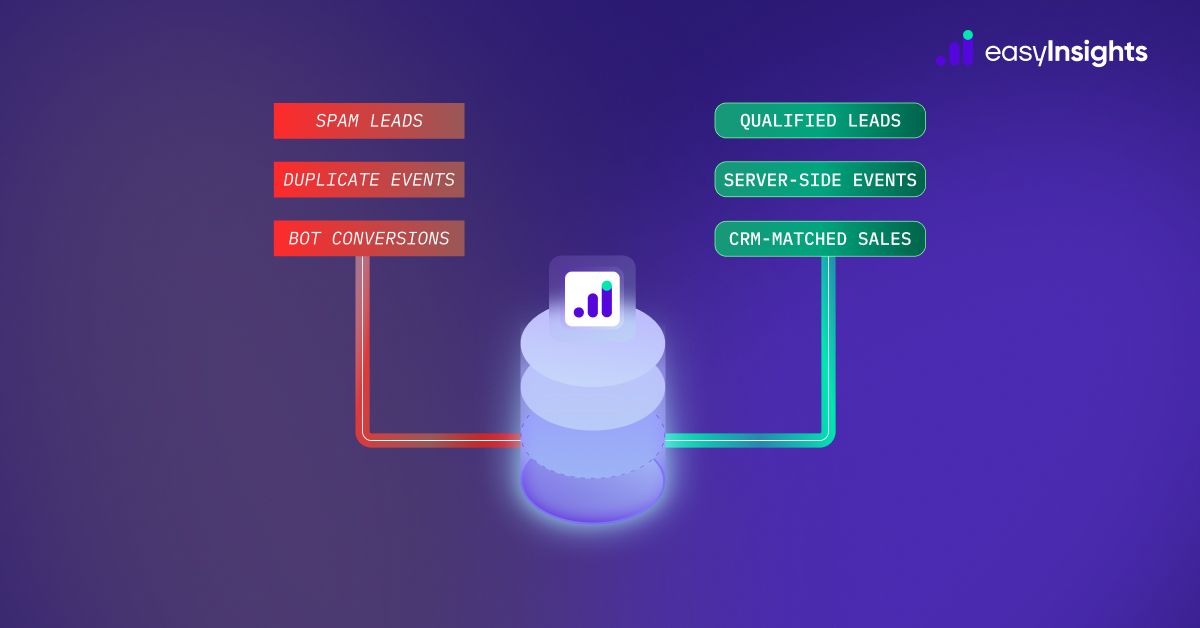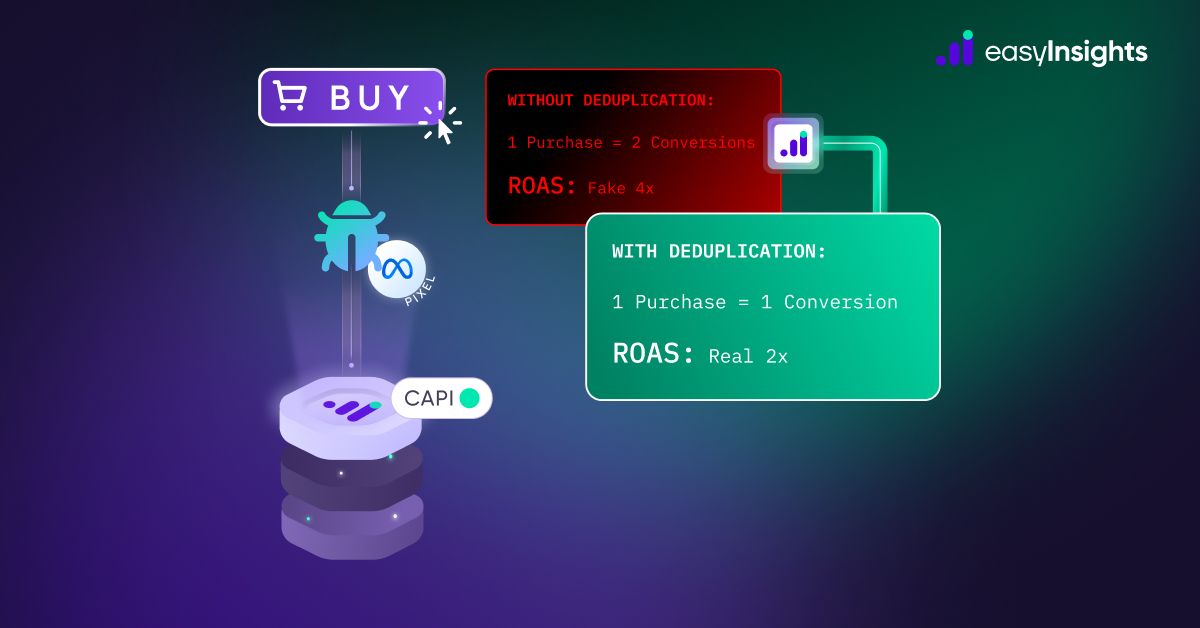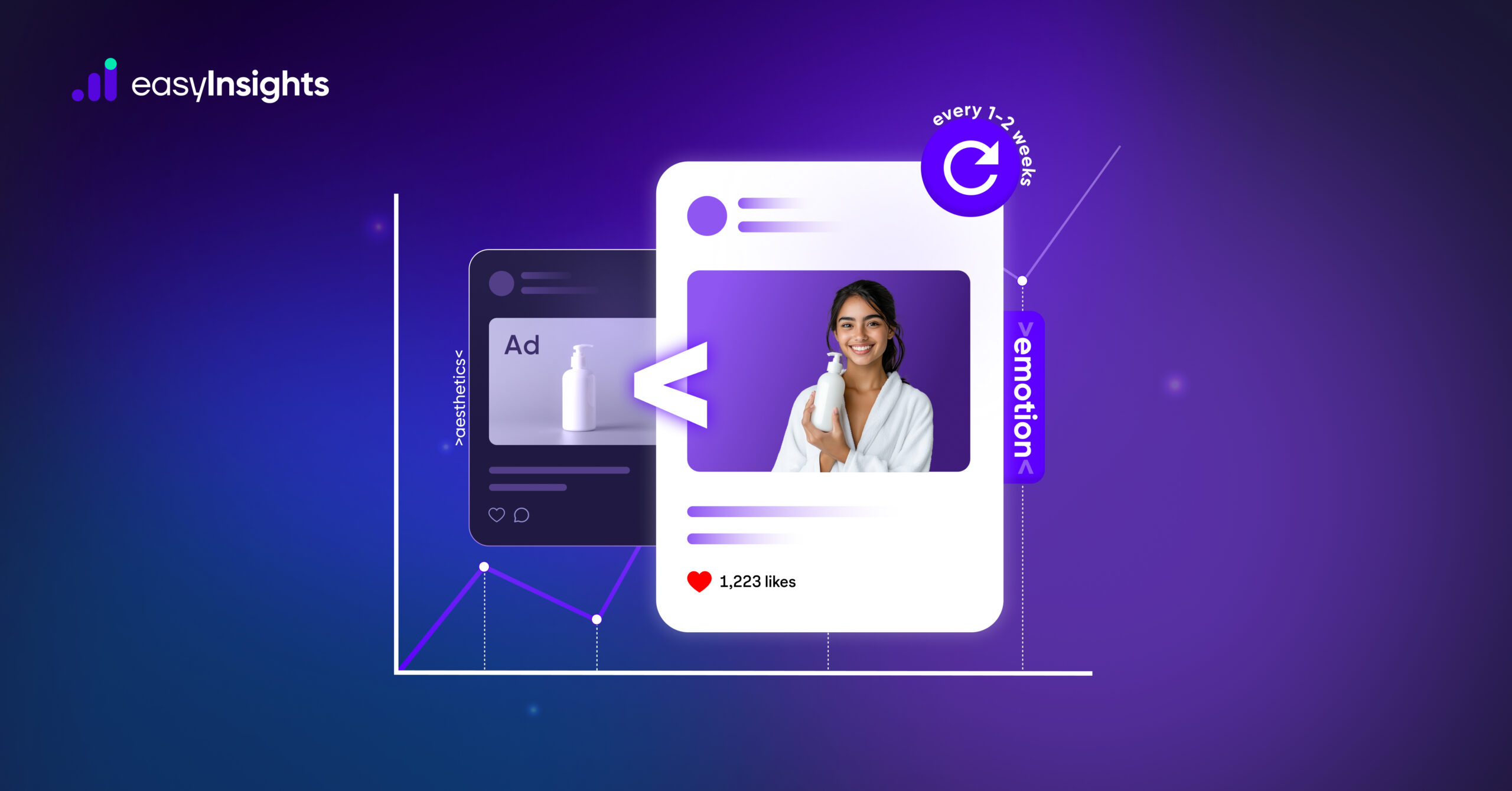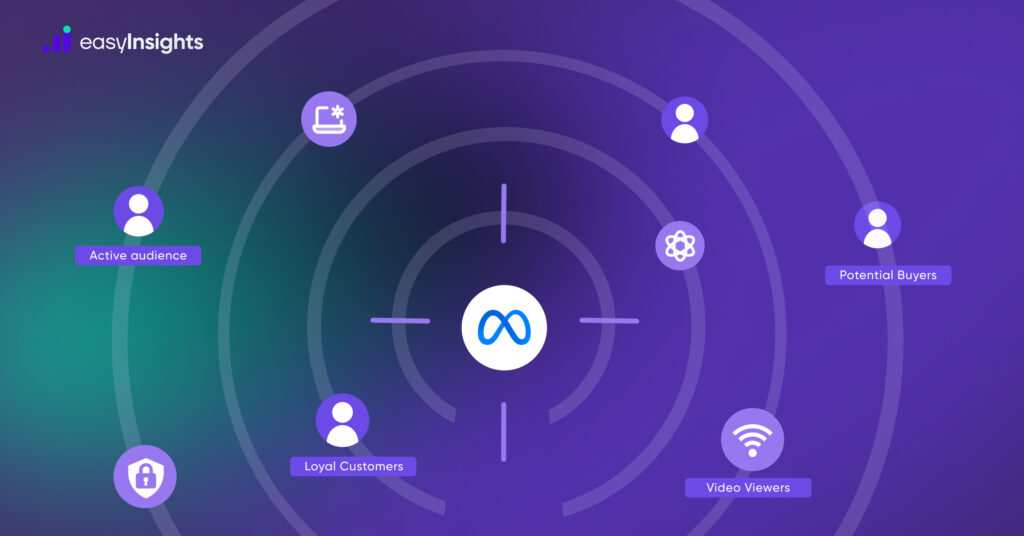
The world of digital advertising has undergone a seismic shift, and nowhere is this more evident than in the way Meta Ads platform operates. Marketers accustomed to frequent optimizations, granular audience targeting, and churning out countless creatives are finding that the game has changed. The key to success now lies in leveraging machine learning-and the lifeblood of any machine learning algorithm is data.
Here’s a deep dive into why ad signals and first-party data are now the foundation of effective Meta ad campaigns, and how marketers can adapt to thrive in this new landscape.
Jump ahead to:
Meta Ads and the Rise of Signal-Driven Advertising
Meta Ads advertising engine has shifted its reliance from manual interventions to automated learning systems that crave high-quality inputs. The Meta ad “signals” you provide—data points about user behavior, preferences, and intent—are now paramount. These signals help the algorithm identify the right audiences, optimize for meaningful actions, and deliver measurable results.
Previously, meta advertisers relied heavily on tactics like narrow audience segmentation, constant creative testing, and manual adjustments to Meta ad campaign settings. While these practices still have value, the modern Meta ad platform prioritizes a steady stream of high-intent signals. This includes web conversion API (CAPI) data and CRM-based first-party data.
Why Privacy Changes Have Redefined the Rules
The Meta advertising ecosystem has been significantly impacted by privacy updates like Apple’s iOS 14 changes and increased regulations around data collection. These shifts have constrained Meta’s ability to collect third-party data and diminished its precision in audience targeting.
As a result, relying solely on the Meta Ad’s traditional targeting and tracking capabilities is no longer sufficient. Advertisers must proactively bridge the gap by providing their own rich datasets, which allow Meta’s algorithm to function effectively despite external limitations.
Web CAPI and CRM Data: The New Essentials for Meta Ad Campaigns
To stay competitive, it’s essential to integrate first-party data into your Meta advertising strategy. Here’s how:
1. Web CAPI (Conversion API)
The web conversion API allows advertisers to send event data directly from their servers to Meta, bypassing browser-based tracking limitations. This ensures that critical conversion events—like purchases, form submissions, or sign-ups—are accurately captured and attributed, even in a privacy-conscious world.
By implementing CAPI, you can:
- Improve conversion tracking accuracy.
- Enhance event matching, leading to better optimization and reduced cost per action.
- Maintain reliable data flow even when cookies or JavaScript tracking fail.
2. CRM Data
Customer relationship management (CRM) data is a goldmine for creating first-party audiences. By securely sharing hashed customer data (like email addresses or phone numbers) with Meta, you can:
- Build highly specific Custom Audiences based on your existing customer base.
- Leverage Lookalike Audiences to find new users who resemble your best customers.
- Re-engage lapsed customers with tailored messaging.
High-Intent Meta Ad Signals for Enhanced Optimization
Different industries require different types of signals to achieve maximum optimization. Here are examples of high-intent signals you should prioritize:
For E-commerce
- Return to Origin (RTO) rates
- Order cancellations
- Customer acquisition metrics
- Purchase frequency and lifetime value
For Lead Generation
- Marketing Qualified Leads (MQLs)
- Sales Qualified Leads (SQLs)
- Deal closures
- Pipeline progression metrics
A Few Most Used Audience Segments
To further enhance your campaigns, consider these commonly used audiences:
- RTO/Cancellation audience – 180 days
- Last 180 days purchases
- Website visitors
- Video Viewers (on website)
- Potential Buyers
- AI-based High Intent audience
- AI-based Low Intent audience
A Few Most Used Audience Segments to Reduce Meta Ad Wastages
To minimize inefficiencies and wasted ad spend, leverage these audiences:
- Active audience – Last 7 days WhatsApp/Email
- RTO/Cancellation audience – 180 days
- Last 180 days purchases
- Newsletter subscribers
- Regular Buyers from Branded Search
- Low-Value Customers
- Loyal Customers
- Potential Buyers
Providing these granular signals and audience segments enables Meta’s algorithm to better understand user behavior and intent, ensuring campaigns are optimized for the most valuable outcomes.
Benefits of High Intent Signal-Driven Optimization
When you prioritize high-quality data inputs, you empower the Meta algorithm to:
- Optimize for the most meaningful events, ensuring your Meta Ad campaigns focus on outcomes that drive business value.
- Refine targeting to reach high-intent Meta audiences who are more likely to convert.
- Reduce wasted ad spend by eliminating guesswork and inefficiencies.
Practical Steps to Implement a Signal-First Strategy
- Audit Your Data Ecosystem: Assess the quality and availability of your first-party data. Identify gaps and opportunities to capture more actionable insights.
- Implement Web CAPI: Work with your development team to set up the conversion API. Use Meta’s documentation and partner integrations to simplify the process.
- Leverage CRM Data: Regularly sync your CRM with Meta Ads to keep your Custom and Lookalike Audiences up to date.
- Focus on Creatives: While data is critical, don’t neglect the importance of engaging, high-quality ad creatives. The combination of precise targeting and compelling visuals is what drives real results.
- Test and Learn: Experiment with different data signals, audience strategies, and event optimizations. Let the algorithm learn and improve over time.
Additional Reading: Return to Origin (RTO): Why is it a Crucial Metric for E-Commerce Businesses
EasyInsights: Simplifying High-Intent Signals and Audience Activation
Adopting a signal-first strategy may sound complex, but platforms like EasyInsights.ai make it effortless. EasyInsights enables you to activate high-intent signals and build precise audiences without requiring extensive technical effort. By integrating seamlessly with your data ecosystem, EasyInsights helps you:
- Automatically sync Web CAPI and CRM data with Meta.
- Send high-intent Custom Audiences and Lookalike Audiences.
- Attribution modelling like First Click, Last non direct, Omnichannel and multi touch attribution model
With EasyInsights, you can unlock the full potential of your Meta advertising strategy while saving time and resources.
Conclusion
The era of frequent manual optimizations is giving way to a more sophisticated, data-driven approach to advertising on Meta. By prioritizing high-intent signals such as web CAPI data, CRM integrations, and key metrics for e-commerce and lead generation, marketers can overcome privacy challenges and unlock the full potential of Meta’s machine learning capabilities.
It’s time to embrace this paradigm shift. With the right data strategy, you can not only adapt to the new rules but also outperform your competition in the evolving digital landscape.
To help achieve this right data strategy, Book A Demo with EasyInsights today!



